deepeye.hu
Astronomical Drawings of Peter Kiss
Astronomical Drawings of Peter Kiss





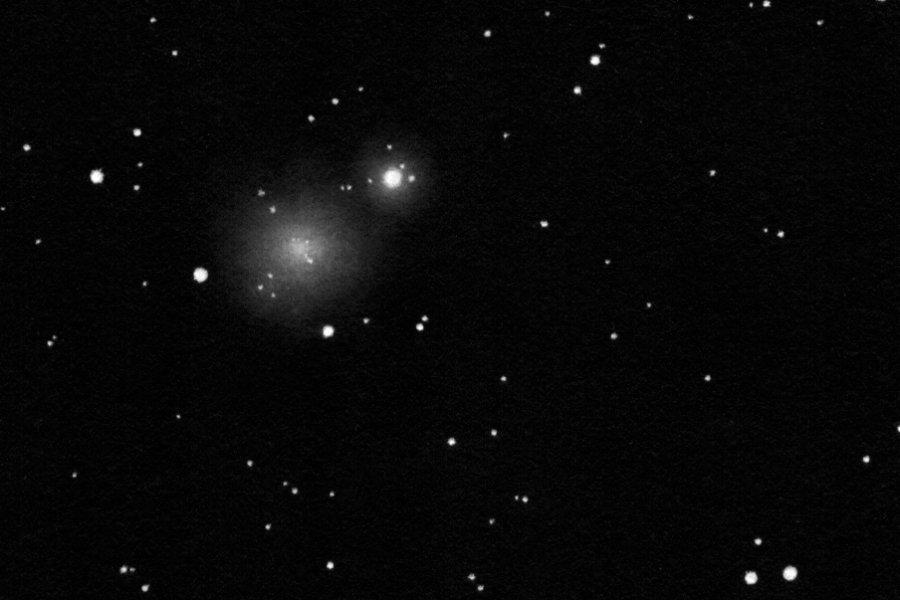
For some reason I really like deep-sky objects next to bright stars. So it was not by chance that I chose the globular cluster NGC 5286 next to the 4.6m bright star M Cen. I didn't want to start a big project because I only had 2-3 nights before I got to use the 16" Dobsonian. Therefore the second globular cluster in Centaurus seemed to be an ideal objective.
I very much like diffracion spikes around bright stars on photographs and live as well. Of course provided they don't hinder the visibility of the object. I was really eager to draw diffraction spikes. But my little 4" Dobsonian has a curved secondary mirror spider and therefore no diffraction spikes in the image. I thought this could not be a problem: I simulated a simmetrical secondary mirror spider. I cut two thin strands from black duct tape and glued them to the aperture of the telescope. I managed to get diffraction spikes but they were very weak. The 4.6m star was probably faint for this purpose as well. So I was forced to draw the star without diffraction spikes. At that moment I didn't know I had to wait only a couple of nights more...
The globular cluster itself is very bright, has no stellar core and it is almost mottled. I had the feeling it could be a very dense cluster. But this is not really the case. We took a look at it with the 16" telescope as well. It was completely resolved and much less dense than NGC 6441 in Scorpius for example.
NGC 5286 is one of the oldest globulars of the Milky Way. It is part of the Gaia Sausage which is the remnant of a dwarf galaxy that was captured and torn apart by our galaxy.
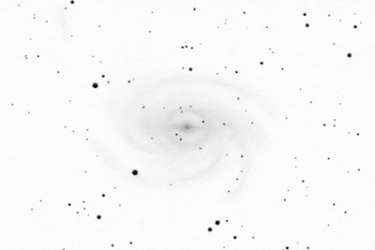
Pavo galaxy
The grand spiral galaxy of Pavo
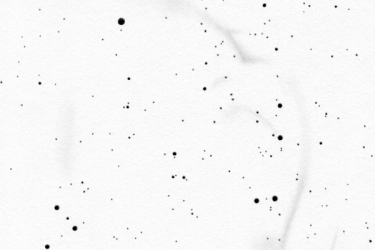
Panorama drawing
Huge and faint supernova remnant in the southern sky
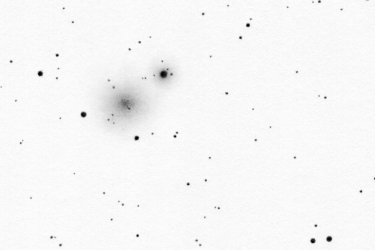
Centaurus globular cluster
The second globular in Centaurus
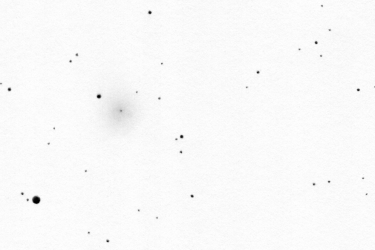
Apus globular cluster
Globular cluster close to the Southern celestial pole
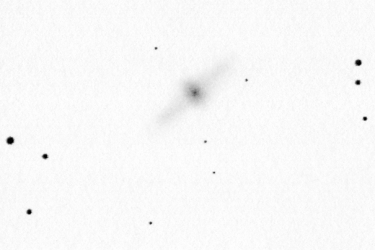
Centaurus galaxy
Polar ring galaxy
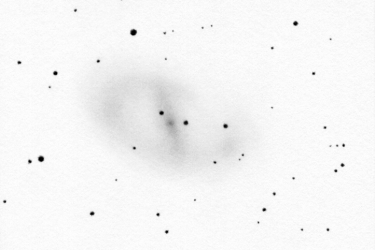
Ara galaxy
Barred spiral galaxy in the thick of the Milky Way